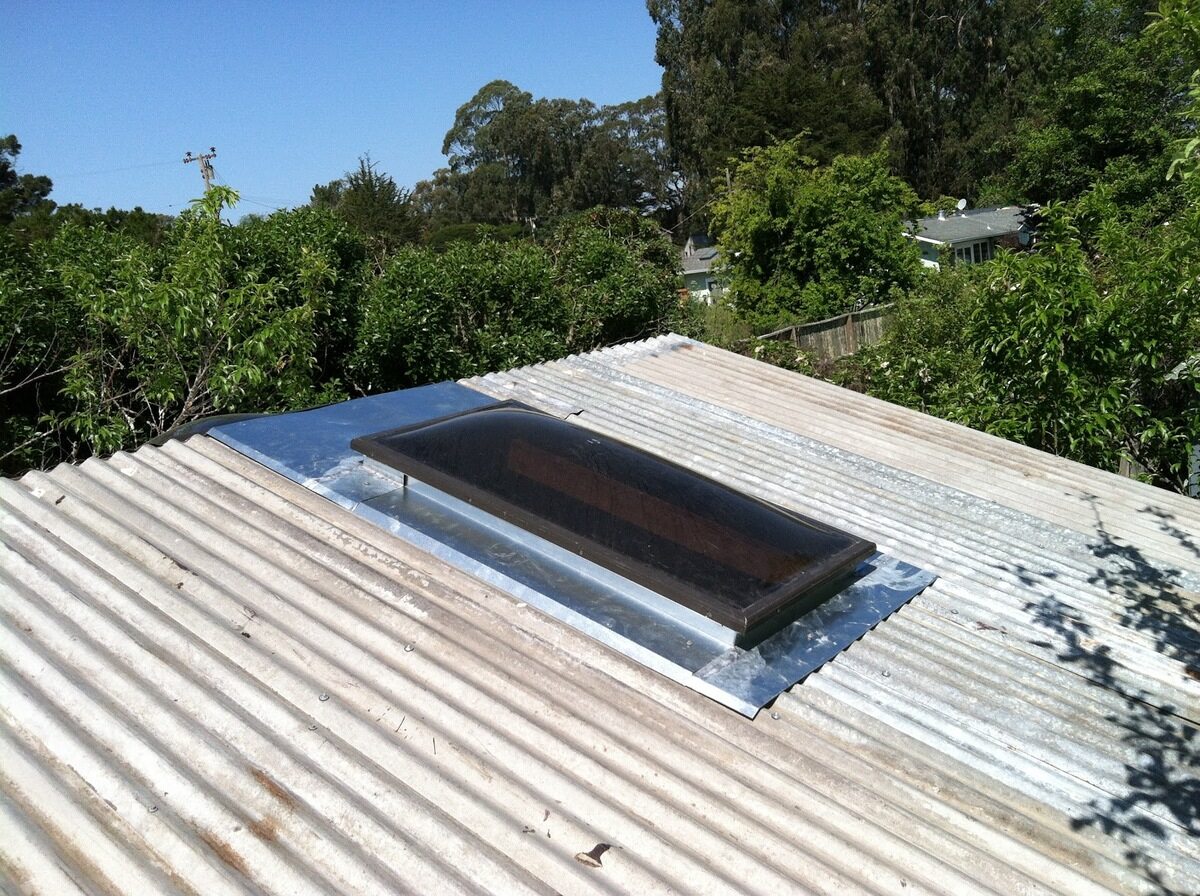

Articles
How To Soundproof A Skylight
Modified: October 20, 2024
Learn effective tips and techniques for soundproofing your skylight with helpful articles. Create a peaceful and quiet environment in your home by following our soundproofing guide.
(Many of the links in this article redirect to a specific reviewed product. Your purchase of these products through affiliate links helps to generate commission for Storables.com, at no extra cost. Learn more)
Introduction
Welcome to our comprehensive guide on how to soundproof a skylight. Skylights are a wonderful addition to any home, bringing in natural light and offering stunning views of the sky above. However, they can also be a source of unwanted noise, whether it’s from raindrops, wind, or other environmental factors. The good news is that with the help of soundproofing techniques, you can significantly reduce the noise that enters through your skylight, creating a more peaceful and serene living environment.
Understanding the importance of soundproofing a skylight is essential in order to appreciate the benefits it can bring. Excessive noise can disrupt your sleep, affect your concentration, and generally decrease your overall quality of life. By soundproofing your skylight, you can create a quieter and more comfortable space to relax, work, or unwind.
In this guide, we will explore the various noise issues that can arise from skylights and provide effective solutions to tackle them. We will also discuss the different soundproofing materials available in the market and guide you through the step-by-step process of soundproofing your skylight.
Before we delve into the solutions, it is important to assess the noise issues you are experiencing. Are you bothered by external noises like traffic, airplanes, or construction? Is the noise coming from the skylight itself, such as water droplets or creaking sounds? Identifying the source of the noise will help determine the appropriate soundproofing measures you need to take.
Once you have assessed the noise issues, the next step is to select the right soundproofing materials. There are various materials available that can help reduce and absorb noise, such as acoustic foam, mass-loaded vinyl, and soundproof curtains. We will delve into each of these options in more detail to help you make an informed decision.
After selecting the materials, we will guide you through the step-by-step process of soundproofing your skylight. This will include measuring the skylight size, preparing the area, and properly installing the soundproofing measures. We will provide detailed instructions and tips to ensure you achieve the best results.
Lastly, we will share some additional tips and considerations that can further enhance the effectiveness of your skylight soundproofing. These tips will address common issues and challenges that may arise during the installation process, as well as maintenance and upkeep recommendations to ensure long-lasting results.
Now that we have set the stage, let’s dive into the specifics of soundproofing a skylight and discover how you can create a tranquil and noise-free environment in your home.
Key Takeaways:
- Soundproofing your skylight is essential for creating a peaceful living space, reducing external and internal noise, improving energy efficiency, and enhancing the overall value of your home.
- By carefully assessing noise issues, selecting the right soundproofing materials, and following proper installation steps, you can effectively transform your skylight into a tranquil and noise-free environment.
Read more: How To Insulate Skylight
Understanding the Importance of Soundproofing a Skylight
When it comes to creating a peaceful and serene living space, soundproofing your skylight plays a crucial role. Skylights are not only a source of natural light, but they can also be a gateway for various external noises to infiltrate your home. Understanding the importance of soundproofing your skylight will help you appreciate the benefits it brings and why it is worth investing your time and effort into this project.
Firstly, excessive noise can have a significant impact on your daily life. Unwanted sounds, such as traffic noise, construction work, or loud neighbors, can disrupt your sleep patterns, affect your productivity, and hinder your ability to relax and unwind. By soundproofing your skylight, you can create a quieter and more comfortable environment, allowing you to fully enjoy your living space without the constant disturbance of external noise.
Skylights can also introduce internal noise issues. For example, heavy rain or hail hitting the surface of the skylight can create a loud and distracting noise inside the room. Additionally, skylights that are not properly sealed or installed may produce creaking or rattling sounds, which can be equally disruptive. By implementing soundproofing measures, you can minimize the impact of these internal noises and create a more peaceful atmosphere.
In addition to reducing noise pollution, soundproofing your skylight can also improve energy efficiency in your home. Skylights are known to be a common source of heat loss and cold drafts. By using soundproofing materials that also provide insulation properties, you can create a better thermal barrier, preventing heat from escaping during colder months and reducing the need for excessive heating or cooling. This will not only save you money on your energy bills but also contribute to a more sustainable and eco-friendly living space.
Furthermore, soundproofing your skylight can enhance the overall value of your home. Potential buyers or renters often prioritize properties that offer peace and tranquility. By demonstrating that your skylight is effectively soundproofed, you can present your home as a noise-free sanctuary, attracting more interest and potentially increasing its market value.
Finally, soundproofing your skylight can contribute to better mental and emotional well-being. Living in a quiet and peaceful environment has been proven to reduce stress levels, improve focus and concentration, and promote better sleep. By minimizing unwanted noise and creating a serene atmosphere, you can create a space that supports your overall health and well-being.
Now that we have established the importance of soundproofing your skylight, let’s move on to the next step: assessing the specific noise issues you may be experiencing and identifying potential solutions.
Assessing the Noise Issues and Potential Solutions
Before diving into the process of soundproofing your skylight, it is crucial to assess the specific noise issues you are experiencing and identify the most suitable solutions. Understanding the source of the noise will help determine the appropriate soundproofing measures to implement.
The first step is to determine whether the noise is originating from external factors or internal factors. External noise sources can include traffic, airplanes, construction, or even noisy neighbors. On the other hand, internal noise issues can arise from the skylight itself, such as water droplets hitting the glass, creaking sounds from an improperly installed skylight, or vibrations that resonate through the skylight frame. By identifying the source of the noise, you can effectively target your soundproofing efforts.
If the noise is coming from external sources, consider the type and intensity of the noise. For instance, if it’s continuous low-frequency noise like traffic, more robust soundproofing measures may be required, such as mass-loaded vinyl or acoustic insulation. However, if the noise is intermittent and high-frequency, soundproof curtains or window inserts may be sufficient to mitigate the impact.
If the noise is originating from the skylight itself, examine the current installation and condition of the skylight. Ensure that the skylight is properly sealed and there are no gaps or cracks that may allow noise to penetrate. If there are any obvious signs of damage or poor installation, addressing those issues will likely contribute to reducing the internal noise issues.
Once you have identified the specific noise issues you are facing, it is time to explore potential solutions. For external noise, some effective soundproofing options include:
- Installing double or triple-pane glass: These types of glass windows provide better insulation and noise reduction compared to single-pane windows.
- Applying acoustic window film: This film helps to dampen external noise by adding an additional layer of soundproofing to the glass.
- Using soundproof curtains or blinds: These can effectively block and absorb noise, preventing it from entering the room through the skylight.
- Constructing a secondary interior window: Installing a secondary window inside the room can provide an extra barrier against noise infiltration.
For internal noise originating from the skylight, consider these potential solutions:
- Ensuring proper sealing of the skylight: Use weatherstripping or caulk to seal any gaps or cracks around the skylight frame.
- Installing acoustic foam: Apply acoustic foam to the interior surface of the skylight to absorb sound vibrations.
- Using mass-loaded vinyl: This material can be applied to the skylight frame to help reduce noise transmission.
- Inspecting and repairing skylight components: Check for any loose or damaged parts and repair or replace them as needed.
Remember, every noise issue is unique, so it is important to assess and identify your specific problem before implementing any soundproofing solutions. By understanding the source of the noise and selecting the most appropriate measures, you can effectively transform your skylight into a quieter and more peaceful space.
Now that you have a better understanding of the noise issues and their potential solutions, the next step is to select the right soundproofing materials for your skylight. We will explore this topic in more detail in the following section.
Selecting the Right Soundproofing Materials
When it comes to soundproofing your skylight, selecting the right materials is key to achieving effective results. There are various soundproofing materials available in the market, each with its own unique properties and benefits. Understanding these options will help you make an informed decision based on your specific needs and budget.
One common soundproofing material is acoustic foam. Acoustic foam panels are designed to absorb sound waves, reducing echo and reverberation within a space. They are often used in recording studios and home theaters but can also be effective for soundproofing skylights. Acoustic foam panels are lightweight and easy to install, making them a popular choice for DIY soundproofing projects.
Another option is mass-loaded vinyl (MLV). This dense, flexible material is excellent for blocking and dampening sound. MLV is typically installed as a barrier between the skylight and the surrounding structure. It acts as a heavy, sound-absorbing layer that reduces noise transmission. When choosing MLV, look for a high-density version for optimal soundproofing performance.
Soundproof curtains or drapes are a practical and cost-effective solution for soundproofing skylights. These curtains are made with multiple layers of thick, sound-absorbing fabric that helps to block and reduce noise. Soundproof curtains are easy to install and can be opened or closed as needed, allowing you to control the amount of light and sound entering the room.
If you are looking for a more robust soundproofing option, consider laminated glass or double/triple-pane windows. These windows are specifically designed to reduce noise transmission by employing multiple layers of glass with an insulating layer in between. Not only do they provide excellent soundproofing performance, but they also offer enhanced thermal insulation.
When selecting soundproofing materials, it’s important to consider factors such as effectiveness, ease of installation, aesthetic appeal, and budget. Take into account the specific noise issues you are facing and choose materials that are tailored to address those concerns.
Additionally, consider the maintenance requirements of the soundproofing materials. Some materials may require regular cleaning or reapplication, while others may be more durable and low maintenance.
To ensure the best results, it may be helpful to consult with a soundproofing professional who can assess your skylight and recommend the most suitable materials for your specific needs. They will have the expertise to guide you towards a soundproofing solution that combines efficiency and effectiveness.
Now that you have a better understanding of the soundproofing materials available, let’s move on to the practical steps of soundproofing your skylight.
Consider using double or triple-pane glass for the skylight to reduce sound transmission. Additionally, adding a soundproofing film to the glass can further minimize noise infiltration.
Steps to Soundproofing a Skylight
Soundproofing a skylight involves a systematic approach to ensure optimal results. By following these step-by-step instructions, you can effectively soundproof your skylight and create a quieter living space.
Step 1: Measure the skylight: Begin by measuring the dimensions of your skylight. This will help you determine the amount of soundproofing material you need to purchase. Measure both the width and length of the skylight frame accurately.
Step 2: Clean and prepare the skylight: Before installing any soundproofing material, ensure that the skylight surface is clean and free from debris. Use a soft cloth or cleaning solution to remove any dust or dirt that may interfere with the adhesive properties of the soundproofing materials.
Step 3: Apply weatherstripping or caulking: If there are any gaps or cracks in the skylight frame, use weatherstripping or caulk to seal them. This will prevent noise from entering through these openings.
Step 4: Install acoustic foam or mass-loaded vinyl: Cut the acoustic foam or mass-loaded vinyl according to the measurements of your skylight. Apply adhesive to the back of the material and carefully attach it to the interior surfaces of the skylight frame. Ensure a snug and secure fit to maximize sound absorption. If using mass-loaded vinyl, cover the entire frame for optimal results.
Step 5: Install soundproof curtains: If desired, hang soundproof curtains or drapes around the skylight area. These curtains should be made of sound-absorbing material and cover the entire skylight opening. Make sure the curtains are properly installed and can be easily opened or closed as needed.
Step 6: Test for effectiveness: Once the soundproofing materials are installed, close any curtains or blinds and test the effectiveness of the soundproofing measures. Stand beneath the skylight and listen for any reduction in external noise. If necessary, make adjustments or add additional soundproofing material to further enhance the noise reduction.
Step 7: Regular maintenance: It is important to maintain the soundproofing materials to ensure their effectiveness over time. Regularly clean the skylight surfaces and soundproofing materials to prevent the buildup of dust or dirt. If necessary, replace or repair any damaged soundproofing material to maintain optimal noise reduction.
Following these steps will help you successfully soundproof your skylight and enjoy a quieter living space. However, it is essential to note that the effectiveness of the soundproofing measures may vary depending on the specific skylight design and the level of noise you are trying to mitigate. Consulting with a soundproofing professional can provide further guidance and ensure optimal results.
Now that you have completed the soundproofing process, let’s explore some additional tips and considerations for maintaining a soundproof skylight.
Read more: How To Make Skylight
Installing Soundproofing Measures
Installing soundproofing measures for your skylight requires careful attention to detail and proper execution to ensure maximum effectiveness. Follow these steps to correctly install the soundproofing materials and create a quieter living environment:
Step 1: Gather the necessary materials: Before you begin, gather all the soundproofing materials you will need, such as acoustic foam, mass-loaded vinyl, weatherstripping, and soundproof curtains. Ensure you have the right measurements of your skylight to cut the materials correctly.
Step 2: Clean the skylight surfaces: Thoroughly clean the surfaces of the skylight frame using a soft cloth and a mild cleaning solution. Make sure to remove any dust, dirt, or debris that may hinder the adhesive properties of the soundproofing materials.
Step 3: Apply weatherstripping or caulking: Inspect the skylight frame for any gaps or cracks. Apply weatherstripping or caulking along the edges or seams to seal them effectively. This will help ensure a tight seal and prevent noise from entering through any openings.
Step 4: Install acoustic foam or mass-loaded vinyl: Cut the acoustic foam or mass-loaded vinyl to fit the dimensions of the skylight frame. Apply adhesive to the back of the material and carefully position it onto the interior surfaces of the frame. Press firmly to ensure it adheres securely. If you are using mass-loaded vinyl, cover the entire frame for optimal noise reduction.
Step 5: Hang soundproof curtains or blinds: Install soundproof curtains or blinds around the skylight area to provide an additional layer of sound insulation. Make sure they cover the skylight opening entirely and can be easily opened or closed as desired.
Step 6: Check for gaps or leaks: After installing the soundproofing materials, inspect the skylight for any gaps or leaks. Check for any areas where noise could potentially seep through and make adjustments as needed. Ensure that the soundproofing materials have been properly installed and effectively cover the surfaces of the skylight frame.
Step 7: Test for effectiveness: Once the installation is complete, close any curtains or blinds and test the soundproofing measures. Stand beneath the skylight and listen for any reduction in external noise. If necessary, make adjustments or add additional soundproofing material to further improve the noise reduction.
Following these steps will help you properly install soundproofing measures for your skylight and create a quieter and more peaceful living space. However, it is important to note that the effectiveness of the soundproofing measures may vary depending on external factors and the specific skylight design. Regular maintenance and periodic checks are essential to ensure the continued effectiveness of the soundproofing measures.
In the next section, we will provide additional tips and considerations to enhance the overall effectiveness of your skylight soundproofing efforts.
Additional Tips and Considerations
When soundproofing your skylight, there are several additional tips and considerations that can further enhance the effectiveness of your efforts. These tips address common issues and provide guidance for maintaining a soundproof skylight. Take note of the following:
1. Regularly inspect and maintain the skylight: Regularly inspect the skylight for any signs of damage, such as cracks, gaps, or loose components. Repair or replace any damaged parts promptly to ensure optimal soundproofing performance. Additionally, keep the skylight clean and debris-free to prevent any potential noise infiltration.
2. Explore secondary glazing options: Consider installing a secondary glazing system alongside your skylight. Secondary glazing involves adding an extra layer of glass or acrylic to the interior frame, providing an additional barrier against noise transmission. This can significantly improve the soundproofing capabilities of the skylight.
3. Invest in blackout blinds or shades: To further reduce noise and control light entering through the skylight, install blackout blinds or shades. These specially designed coverings effectively block out light and provide an extra layer of sound insulation when closed.
4. Add sound-absorbing materials to the room: Enhance the overall soundproofing of the room by incorporating sound-absorbing materials. Placing objects like rugs, carpeting, upholstered furniture, and curtains throughout the room can help minimize echoes and reverberation, creating a more acoustically favorable environment.
5. Consider professional installation: If you find the soundproofing process challenging or prefer a more comprehensive approach, consider hiring a professional soundproofing installer. They have the expertise and experience to accurately assess your skylight and recommend the most effective soundproofing solutions.
6. Experiment with different materials: Soundproofing is not a one-size-fits-all approach. Experiment with different materials and combinations to find the best solution for your specific needs. Test the effectiveness of various options and make adjustments as necessary to achieve the desired level of noise reduction.
7. Address other sources of noise: Keep in mind that soundproofing the skylight alone may not eliminate all noise issues in the room. Address other sources of noise, such as loud appliances, flooring, or doors, to ensure a comprehensive approach to sound control throughout the space.
8. Consider soundproofing during skylight installation: If you are planning to install a new skylight or replace an existing one, consider soundproofing measures during the installation process. Opt for skylights that have built-in soundproofing features or work with a professional installer who can implement soundproofing measures right from the start.
By considering these additional tips and considerations, you can optimize the soundproofing of your skylight and create a more peaceful and comfortable living environment.
Now that we have explored various tips and considerations, let’s conclude our comprehensive guide on soundproofing a skylight.
Conclusion
Soundproofing a skylight is a valuable investment that can significantly enhance the comfort and tranquility of your living space. By effectively reducing external noise and minimizing internal disturbances, you can create a serene environment where you can relax, work, and sleep without being constantly disrupted by unwanted sounds.
In this comprehensive guide, we have covered the importance of soundproofing a skylight and provided practical steps to help you address noise issues effectively. From assessing the specific noise problems to selecting the right soundproofing materials, we have guided you through the process of creating a quieter living space.
Throughout the guide, we emphasized the importance of understanding the source of the noise and choosing the most appropriate soundproofing measures. Whether it is using acoustic foam, mass-loaded vinyl, or soundproof curtains, each material has its own unique properties and benefits for reducing noise transmission.
We also discussed the step-by-step installation process, starting with proper measurement, cleaning, and preparation of the skylight surface. Installing soundproofing materials such as acoustic foam or mass-loaded vinyl, and hanging soundproof curtains or blinds, can significantly contribute to noise reduction.
Furthermore, we provided additional tips and considerations to help you further optimize the effectiveness of your skylight soundproofing efforts. Regular maintenance, secondary glazing, blackout blinds, and addressing other sources of noise all play a role in creating a more peaceful living environment.
Remember, the effectiveness of soundproofing measures may vary depending on the specific skylight design, external factors, and the level of noise you are trying to mitigate. It is important to assess your individual needs and consult with professionals if necessary to ensure optimal soundproofing results.
By implementing the techniques and recommendations outlined in this guide, you can create a space that is free from excessive noise, allowing you to fully enjoy the benefits of your skylight while maintaining peace and tranquility.
Thank you for joining us on this journey to soundproofing your skylight. We hope this guide has provided you with valuable insights and practical knowledge to help you achieve a more serene and comfortable living space.
Frequently Asked Questions about How To Soundproof A Skylight
Was this page helpful?
At Storables.com, we guarantee accurate and reliable information. Our content, validated by Expert Board Contributors, is crafted following stringent Editorial Policies. We're committed to providing you with well-researched, expert-backed insights for all your informational needs.
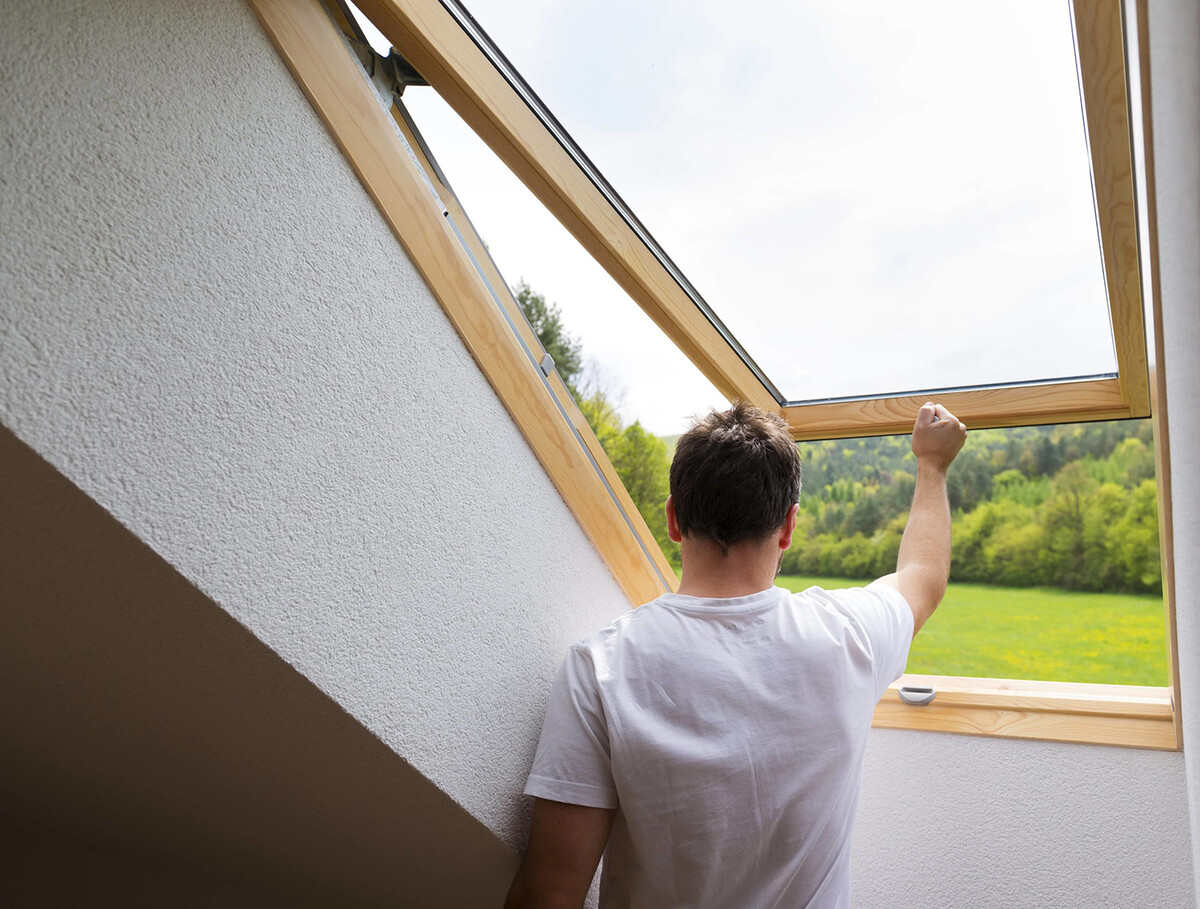
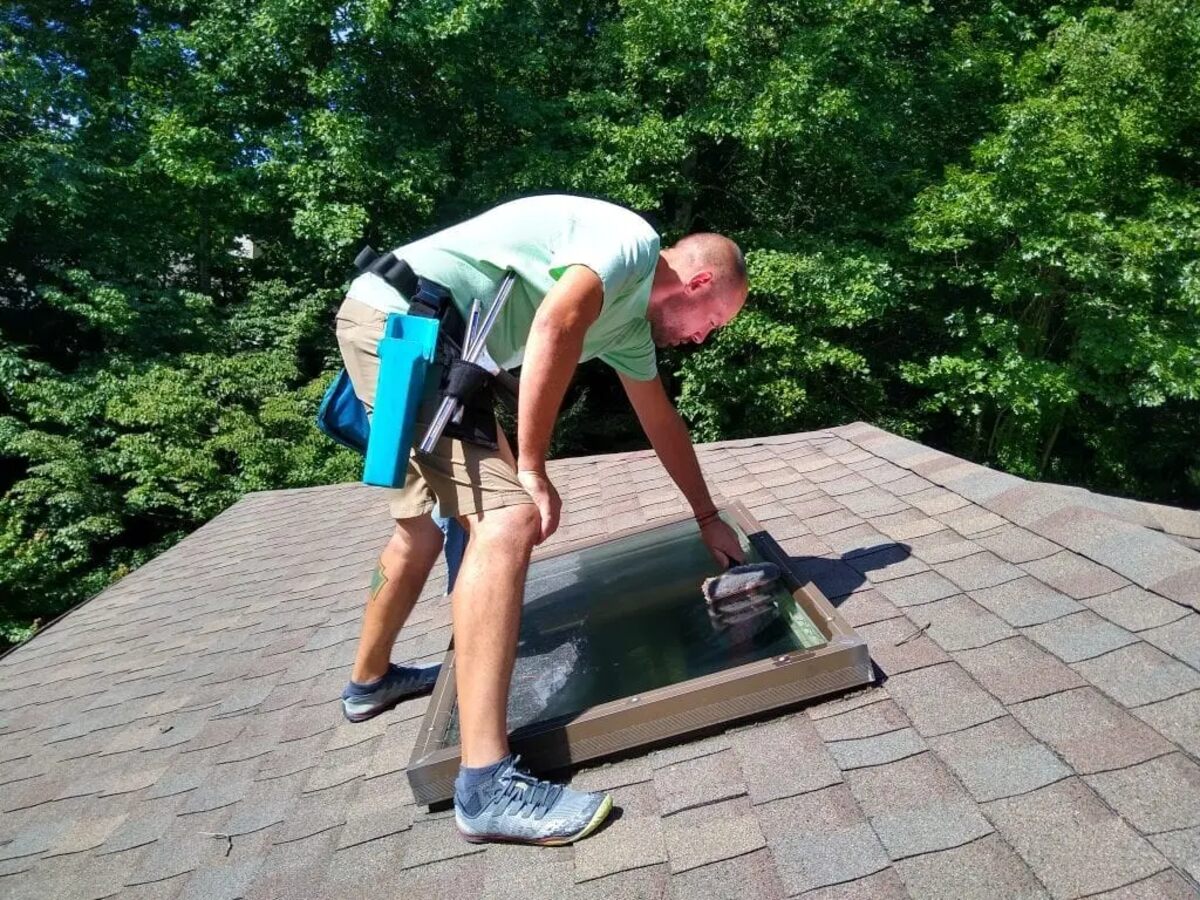
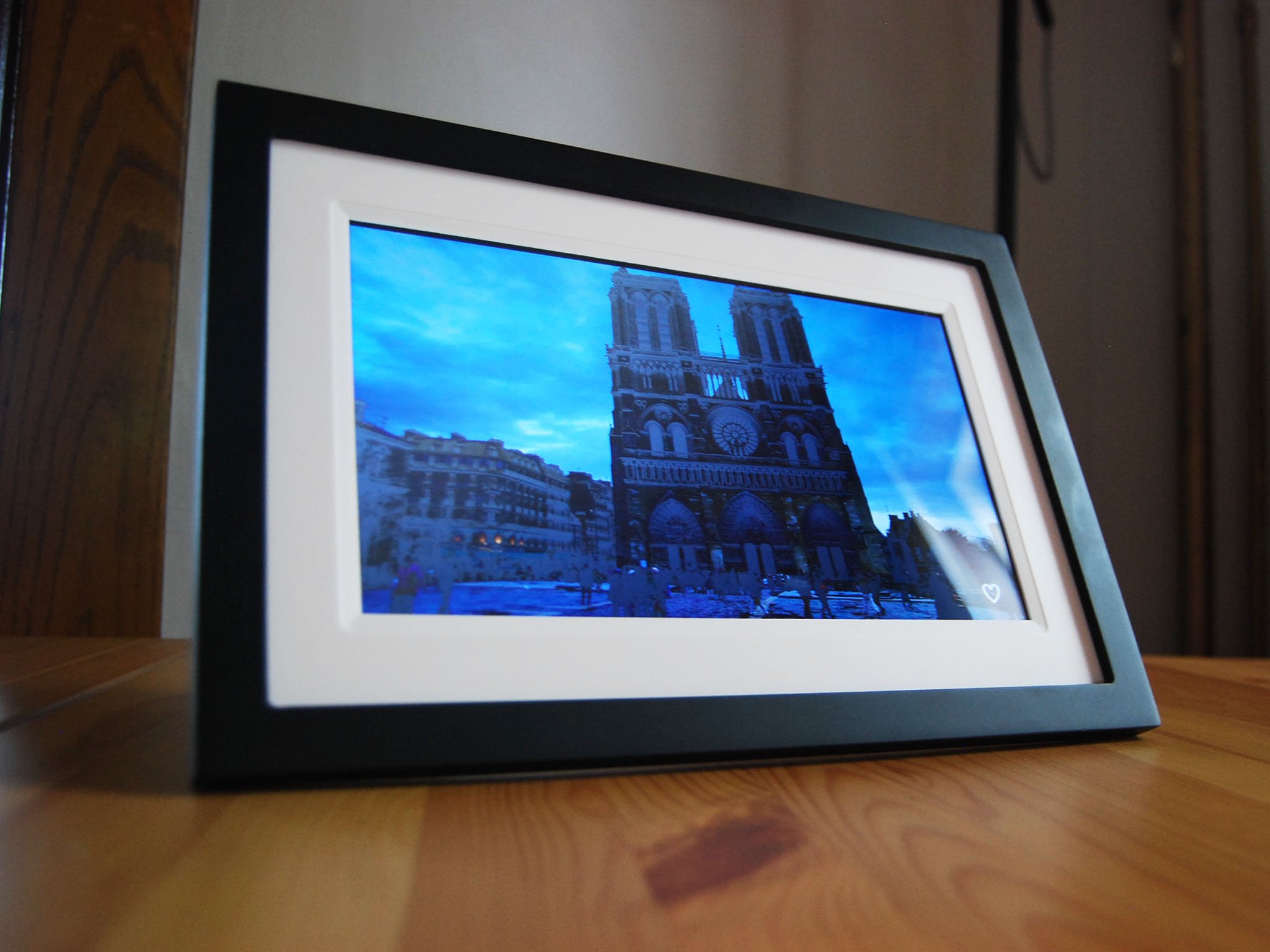

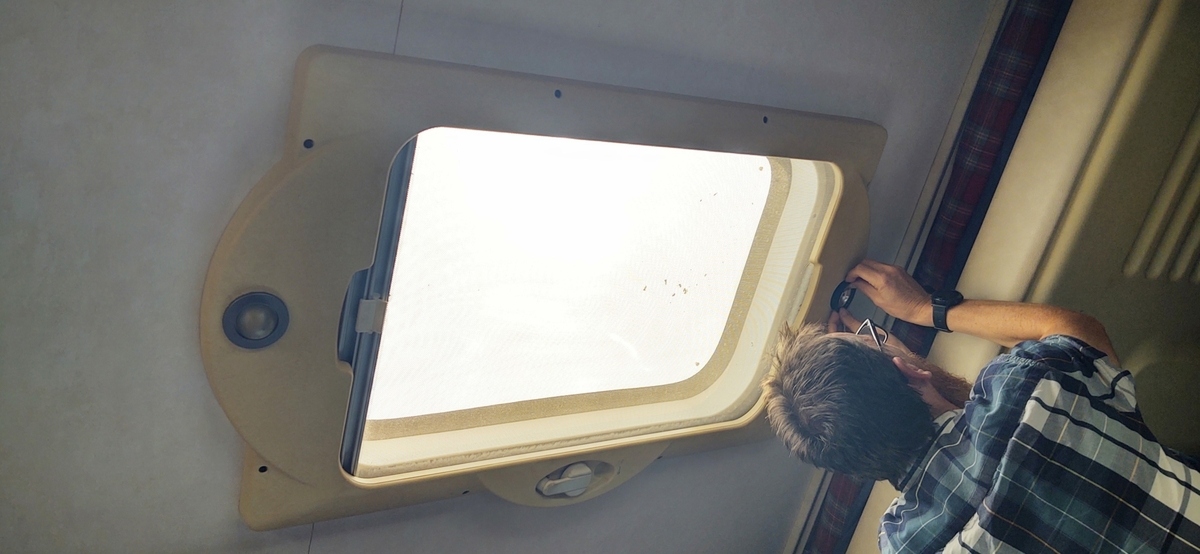
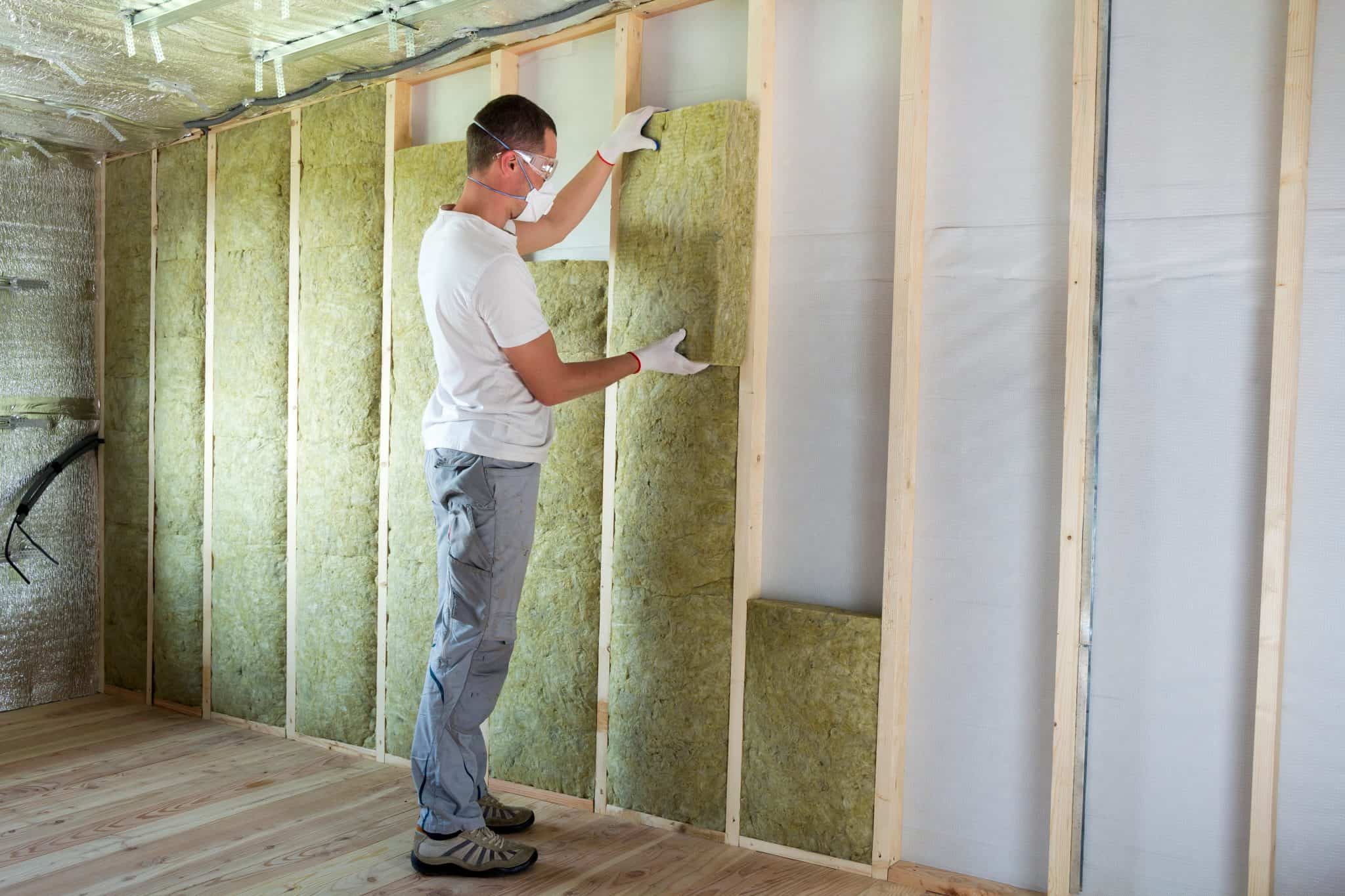
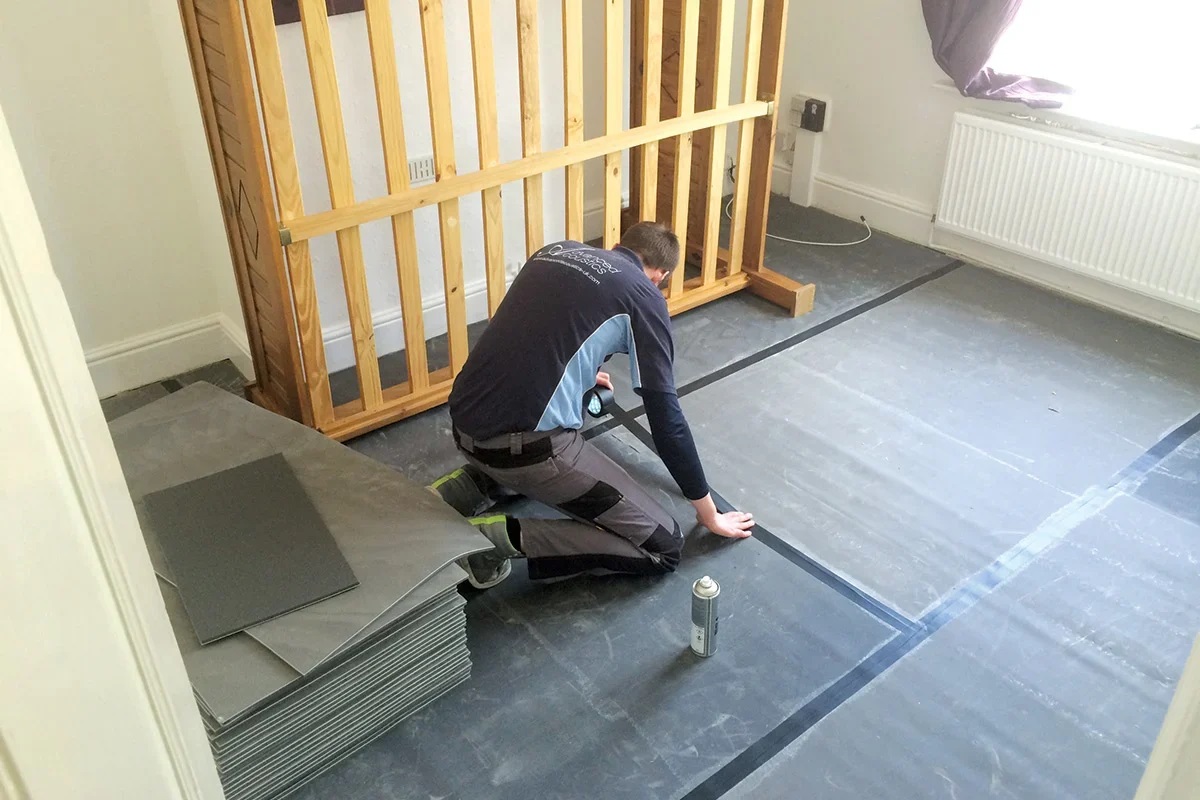
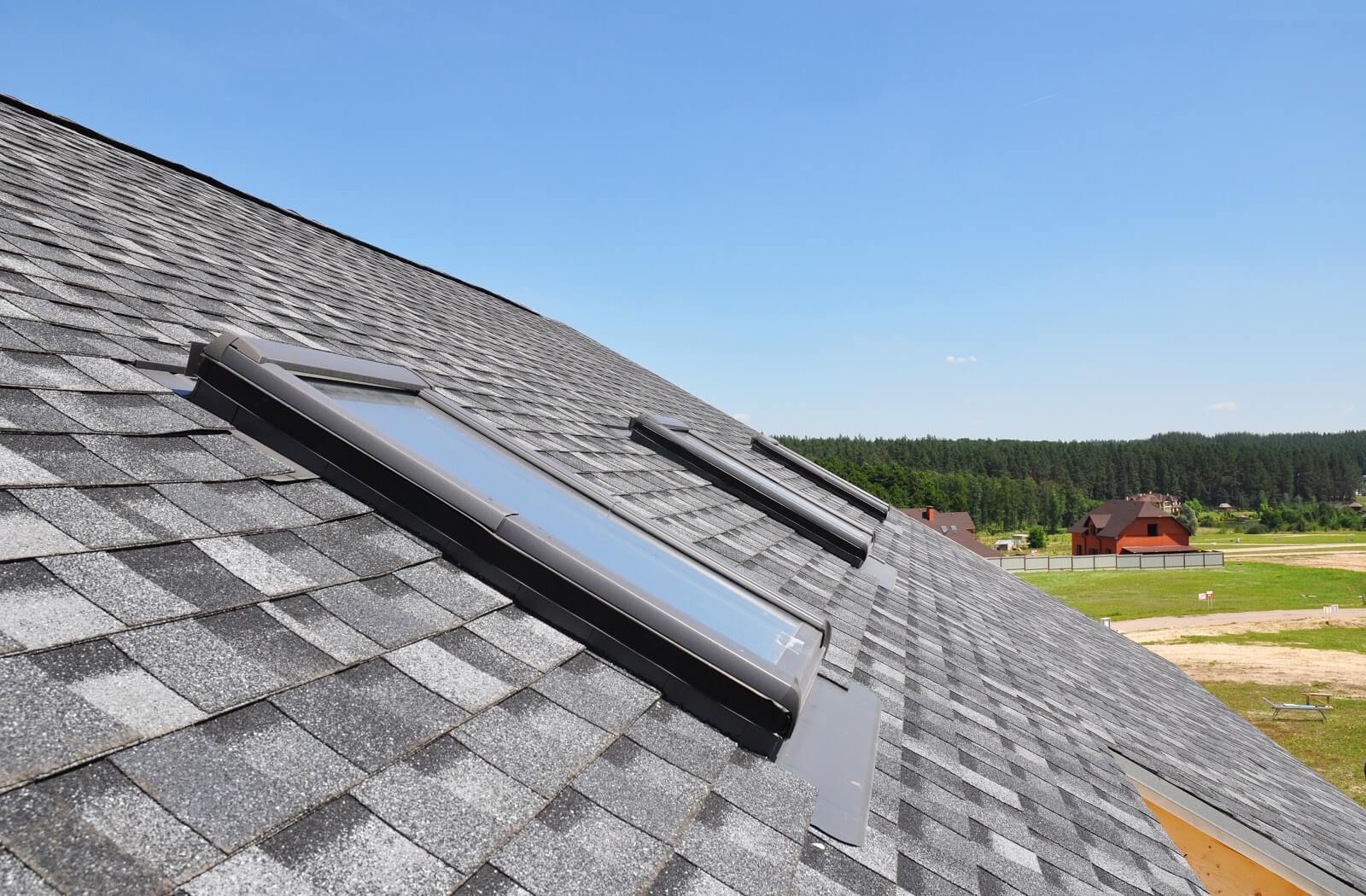
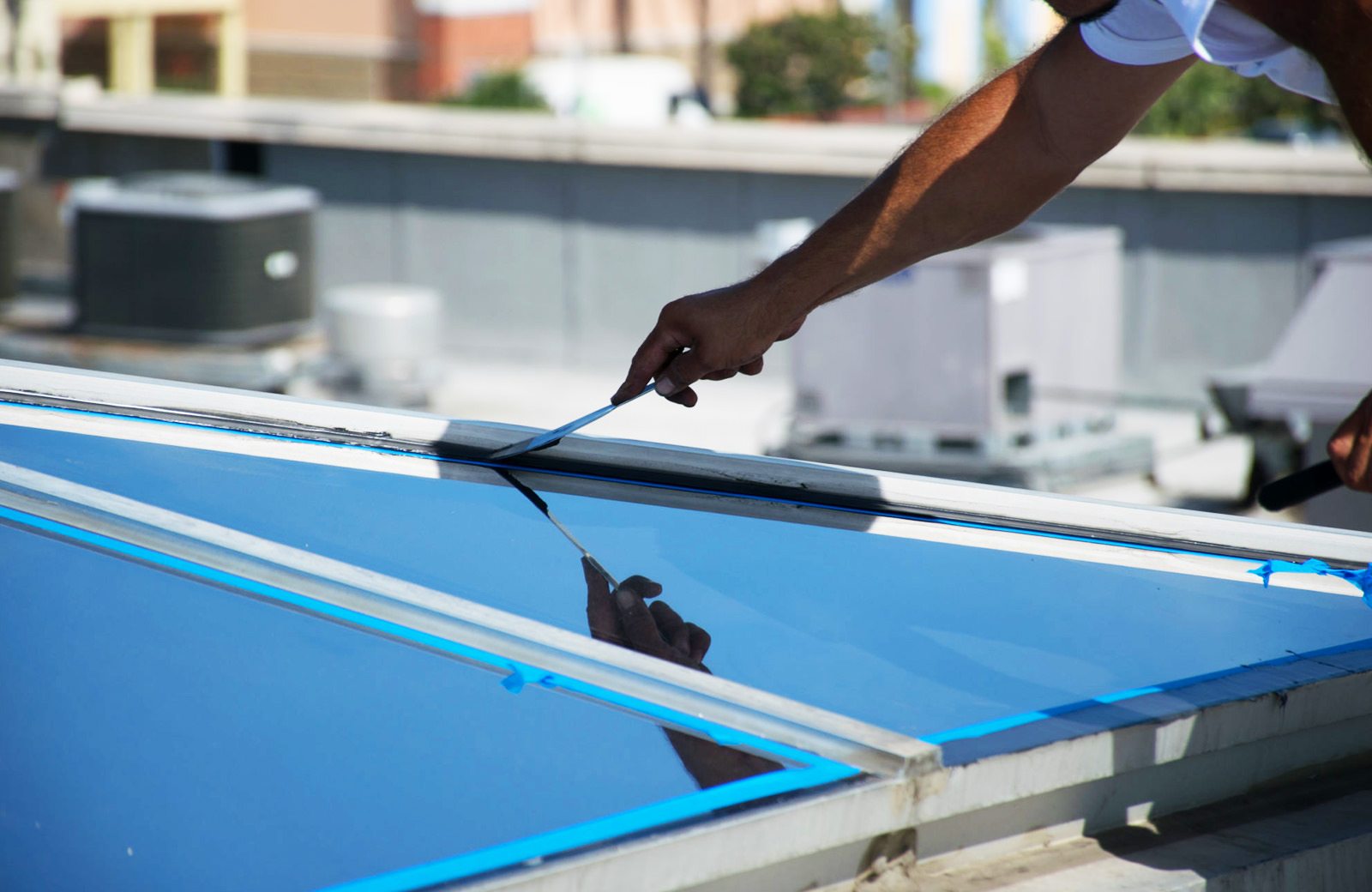
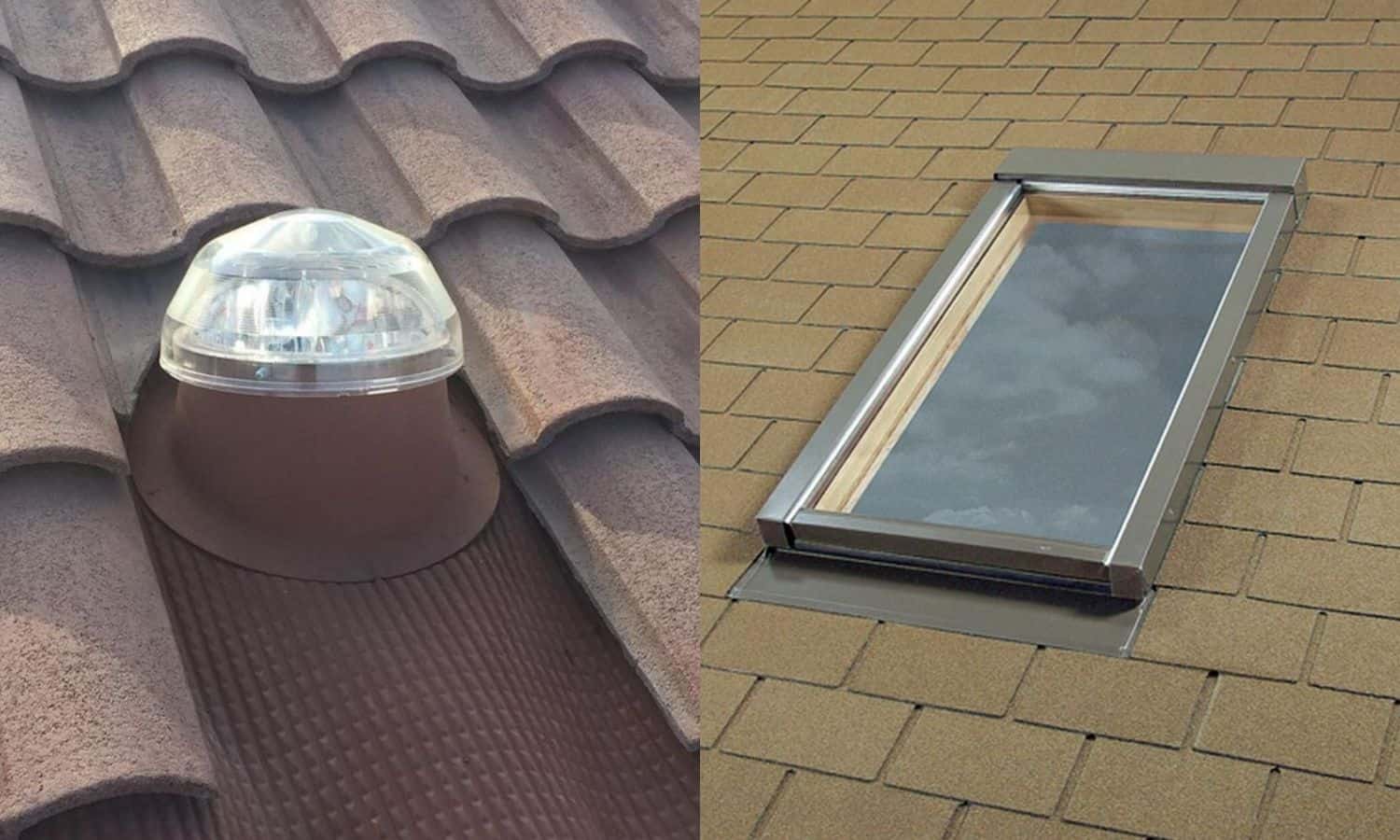
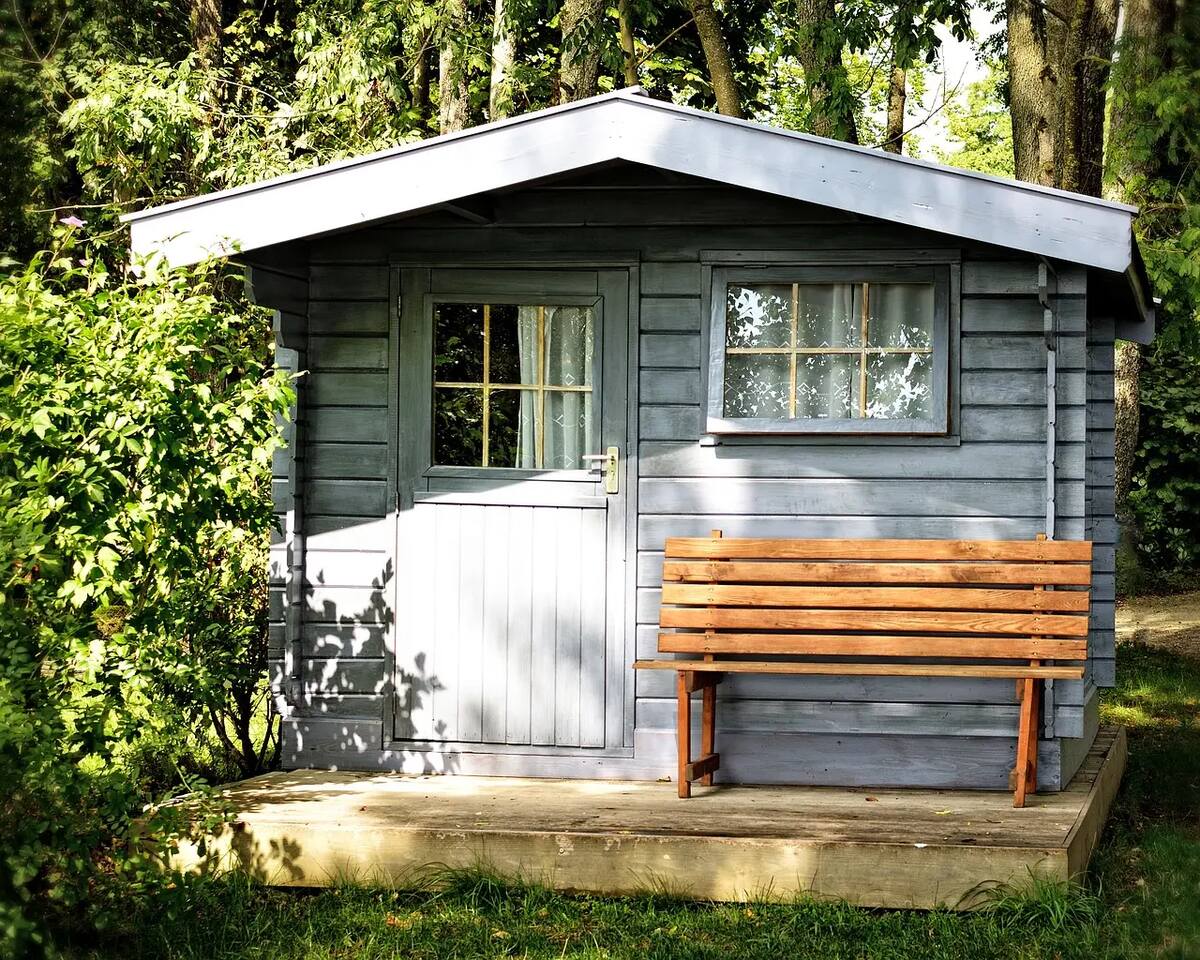
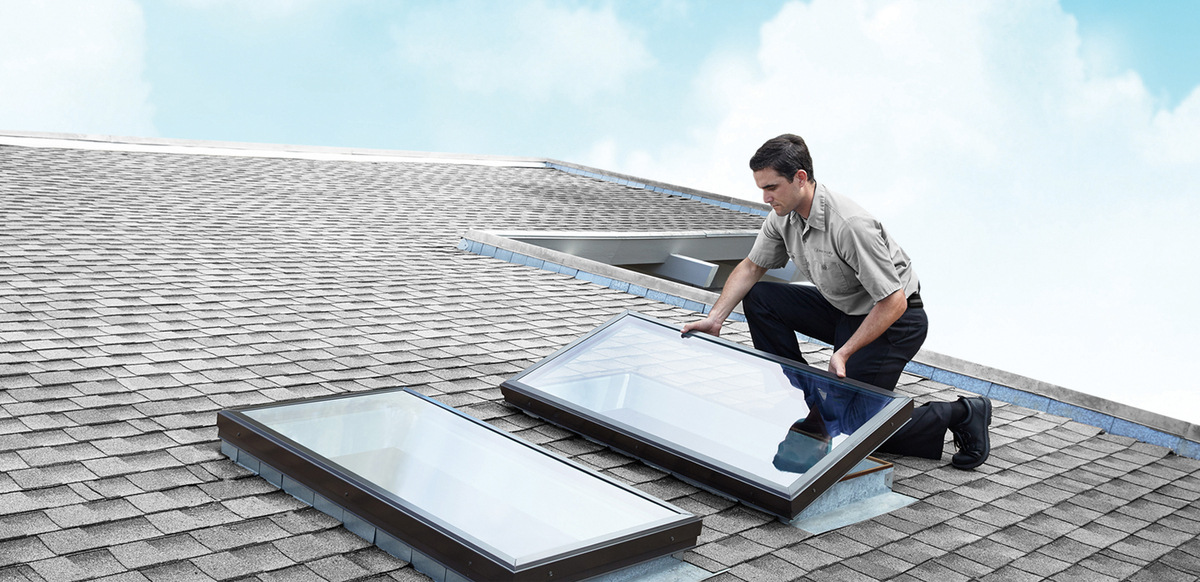
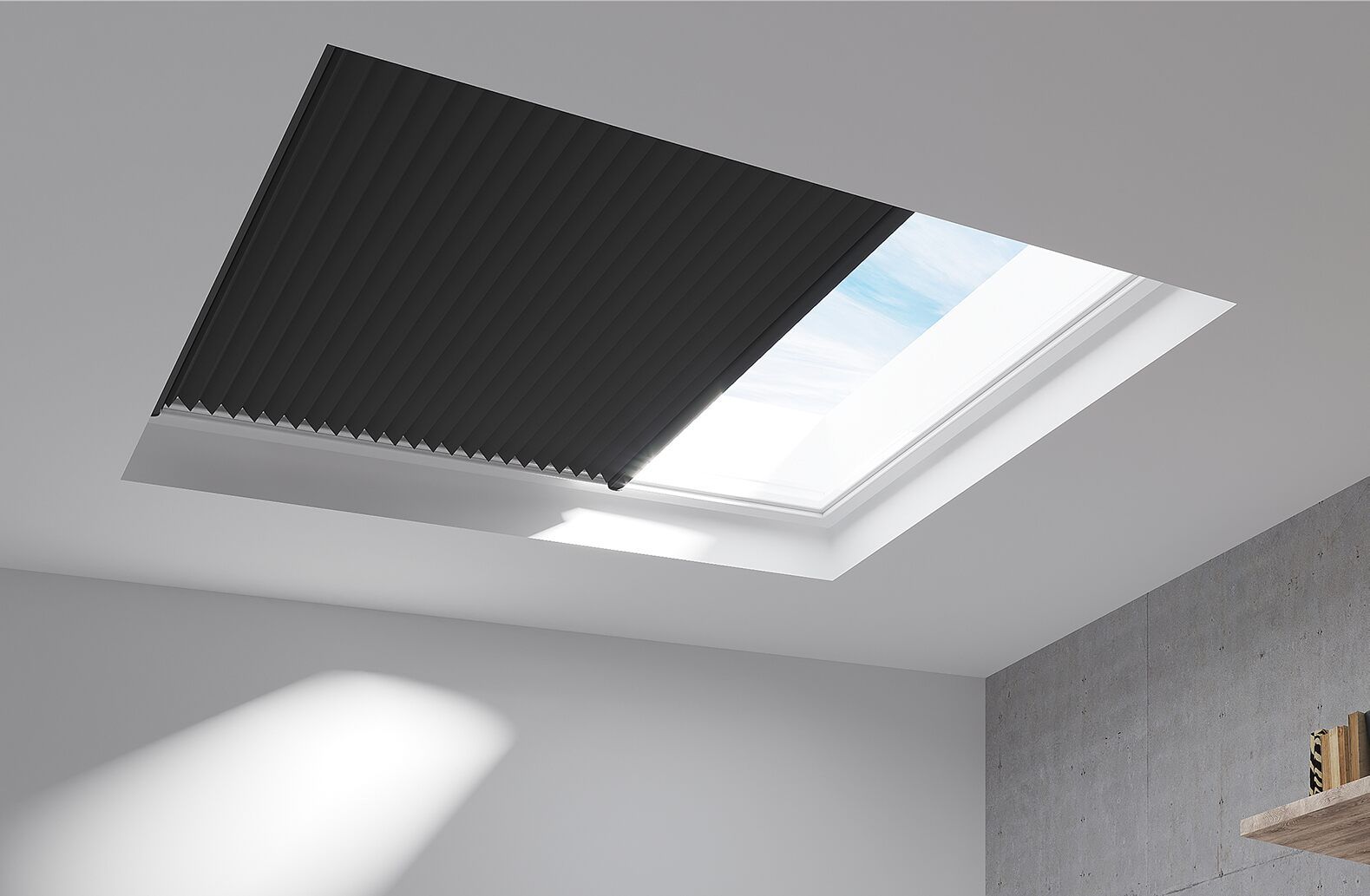
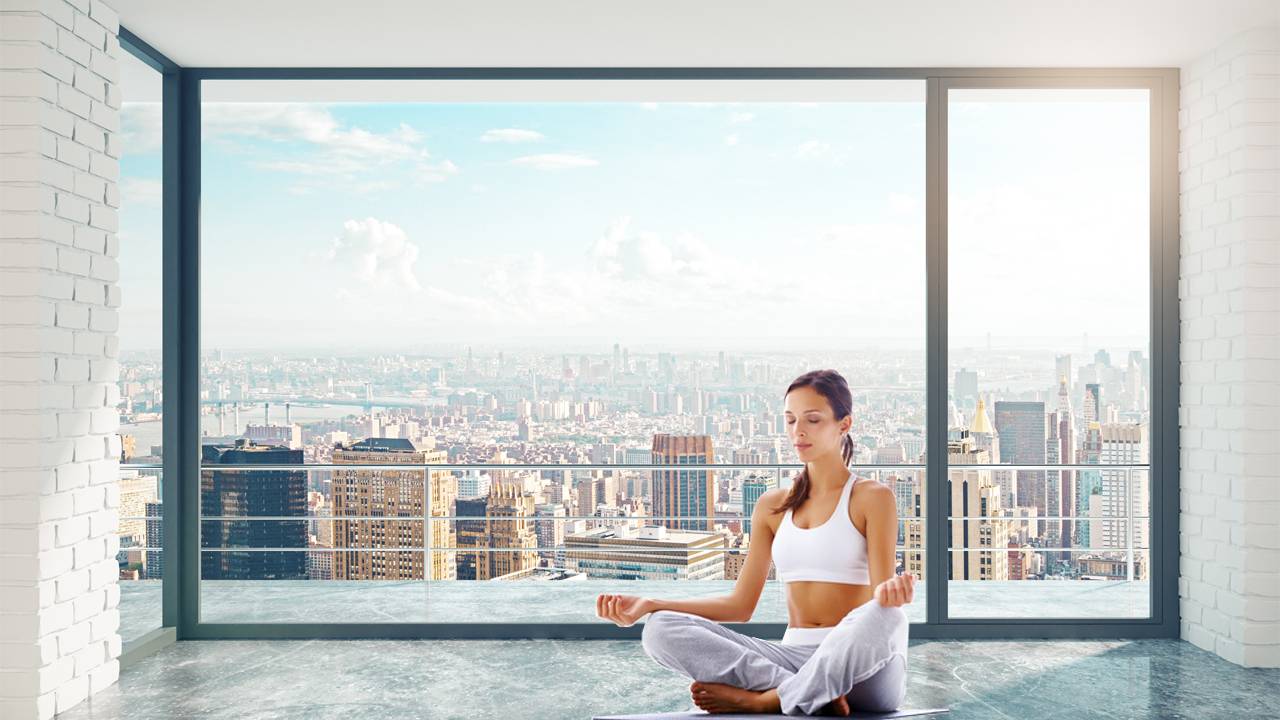

0 thoughts on “How To Soundproof A Skylight”